
India is the biggest two-wheeler market in the world. The number of bikes and scooters sold in India year on year is astonishing, and this number will continue to increase. However, it gets difficult for law enforcement agencies to keep all the motorists in check. Over the last few years, there have been many instances where motorists have been harassed by police personnel. To bring more efficiency in place, the Ministry of Road Transport and Highways (MORTH) has released a set of rules that will help Indian motorists greatly. Among those, following are three traffic rules everyone should know about.
1: No physical documents needed
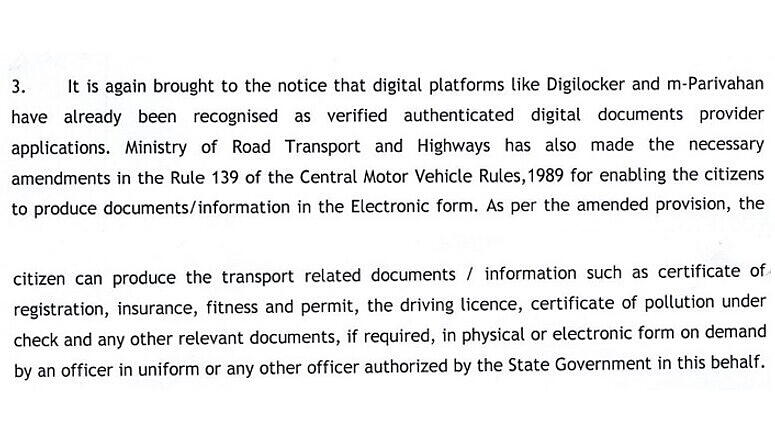
There’s no need to carry physical documents like the license of the rider, registration and pollution under control (PUC) certificates of the vehicle anymore. Law enforcement agencies have been instructed to accept driving licenses, registration certificates or any other documents presented through Digi-locker or mParivahan applications. These applications have all the details of the driver/rider and the vehicle. So, law enforcement personnel can easily access the documents digitally, and can’t harass the motorists to produce physical copies.
2: No physical or digital copies
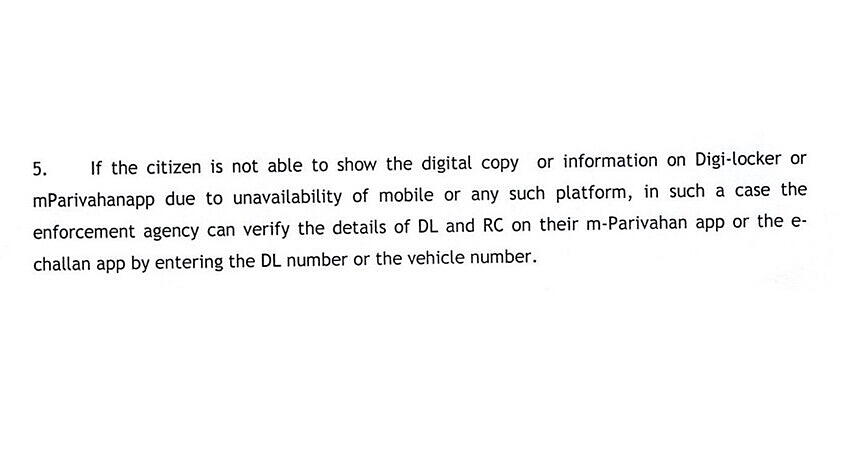
In case the motorist isn’t able to show the digital documents through Digi-locker or mParivahan app due to unavailability of mobile, the personnel of the law enforcement agency can verify the driving license details or the vehicle registration details on their mParivahan or e-challan app. The agency can get this information by entering the vehicle number.
3: Challan payment
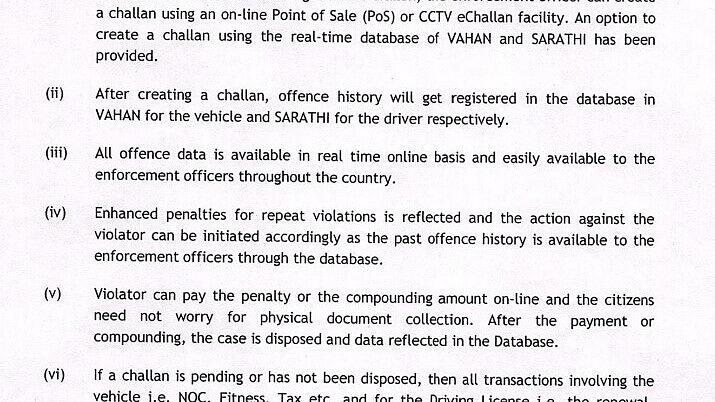
In case the motorist receives a challan for breaking traffic rules, the police will send an e-challan based on the offence. The motorist can pay this fine through the various online apps provided by the state government or also through various challan counters placed in various cities. The majority of the time paying these fines through the e-challan payment system offers the best turnaround time and also acknowledgement from the law enforcement agencies.
The entire document can be accessed at Parivahan website





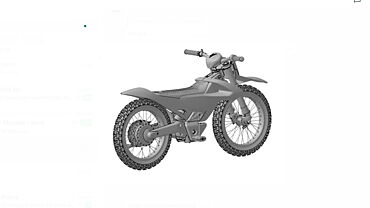


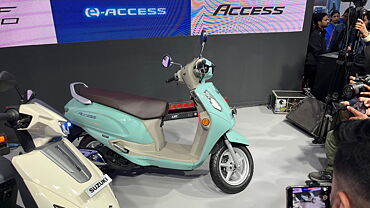












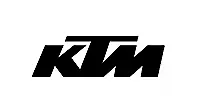




















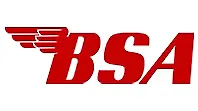





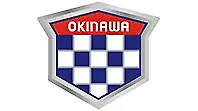














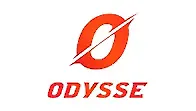











![KTM 390 Adventure X [2025] KTM 390 Adventure X [2025]](https://imgd.aeplcdn.com/272x153/n/cw/ec/190885/390-adventure-x-2025-right-side-view.jpeg?isig=0&q=80)